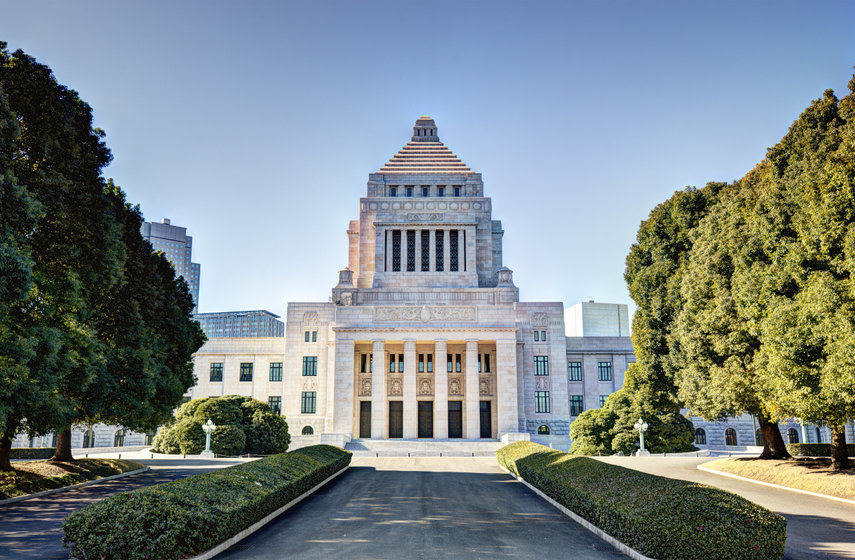
USD/JPY analysis: Has the Japanese yen lost its safe-haven status?
- The Japanese yen was considered a safe-haven currency.
- The currency has fallen against all its peers.
- The downward trend will likely continue in the near term.
The Japanese yen has been the worst-performing currency in the developed world. The USD/JPY pair is hovering near its highest level since August 2015. If the bullish trend continues, it will be at the highest point since 2002. The EUR/JPY has risen to the highest point since 2018 while the GBP/USD pair is at the highest level since 2016.
Is the Japanese yen still a safe haven?
Copy link to sectionIn an article I wrote in March, I listed the Japanese yen as one of the top currencies to buy in a period of high risks. However, this view was wrong as yen has continued to slide even as global risks have continued rising.
Yen was viewed as a safe haven for several reasons. First, Japan is the third-biggest economy in the world after the US and China. It is an export-oriented economy that sells its products in all countries globally. This means that its currency has always been in high demand.
Second, unlike China, Japan is a democratic country that has an independent judiciary. Therefore, foreign investors are always comfortable buying the currency and assets in the country. Most governments have the yen as their reserve currency.
Third, Japan has some of the biggest foreign holdings globally. For example, it is the biggest holder of American debt. As a result, some investors buy the currency for its safety.
Most importantly, the Japanese yen is viewed as a safe haven because of the low-interest rates in the country. As a result, many investors usually buy the currency and then invest in foreign countries that have higher interest rates. This is known as a carry trade.
Why Japanese yen has crashed
Copy link to sectionThere are several reasons why the Japanese yen has lost its safe-haven status. First, unlike other central banks, the Bank of Japan has decided to continue with its quantitative easing (QE) policies. In fact, the BOJ has a bigger asset base than the Japanese economy, as shown below. Other central banks have abandoned QE.

Second, the BOJ has not signaled when it will start hiking interest rates. Analysts expect that the bank will maintain its interest rates at the current levels for a while. This is notable since the country has some of the least rates globally.
Further, Japan has continued to suffer low inflation rate. While US inflation has risen to over 8%, Japan’s CPI is currently at less than 2%.
More industry news







